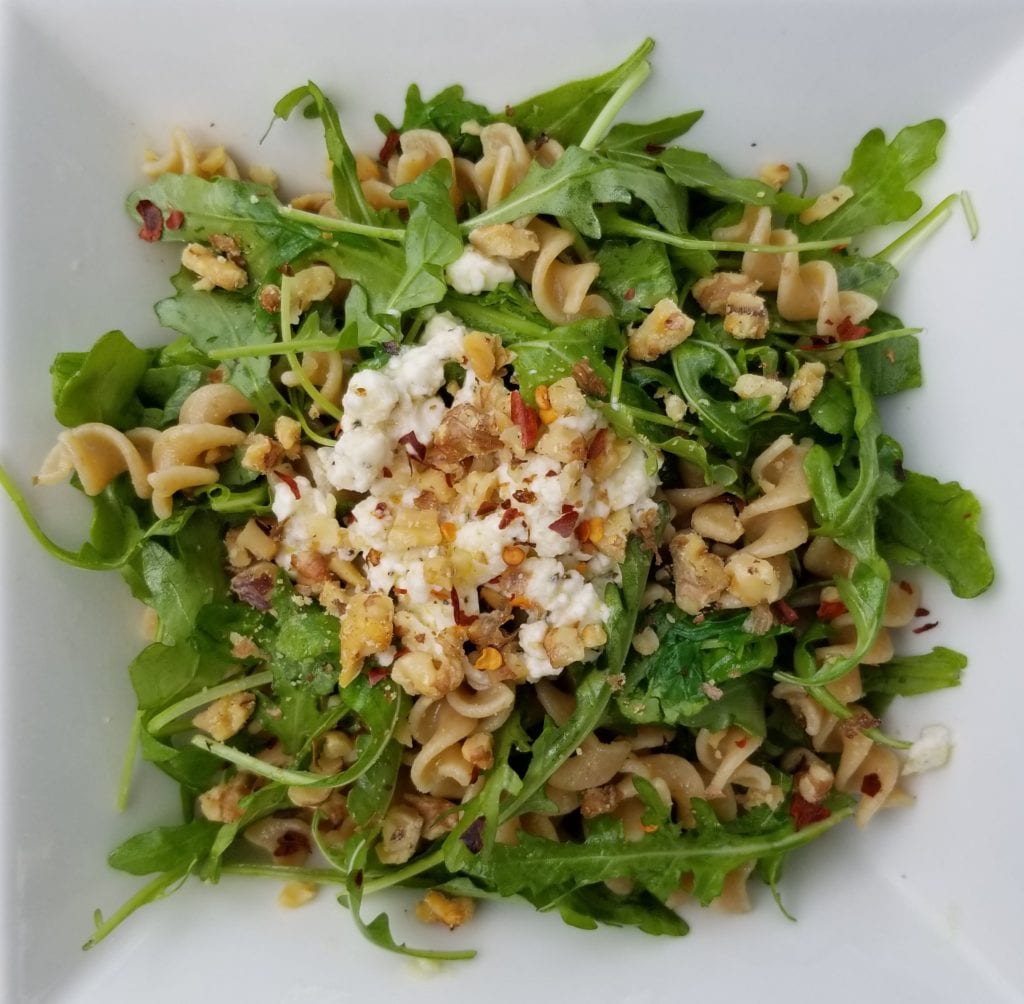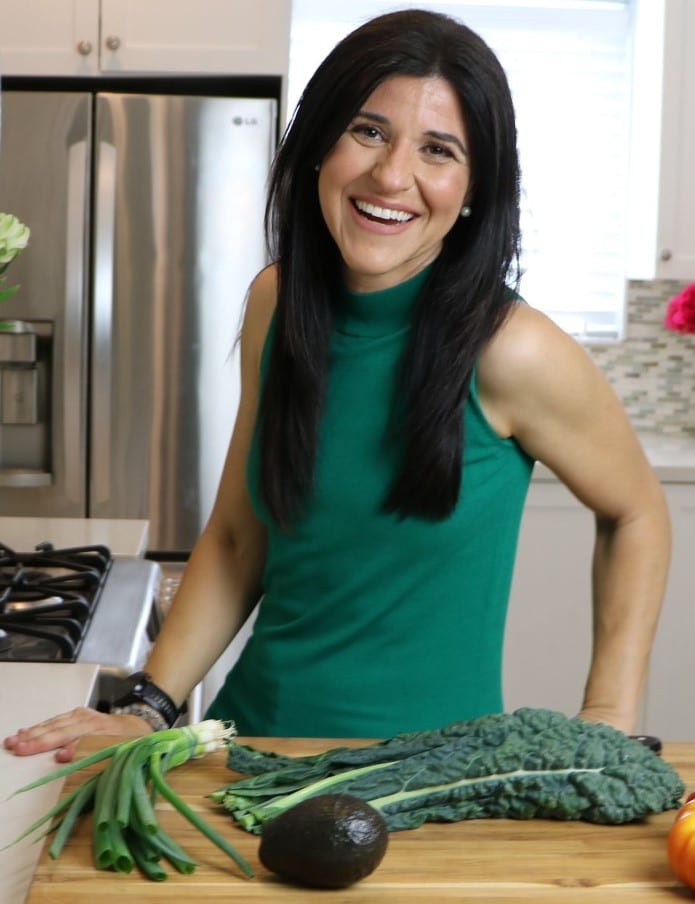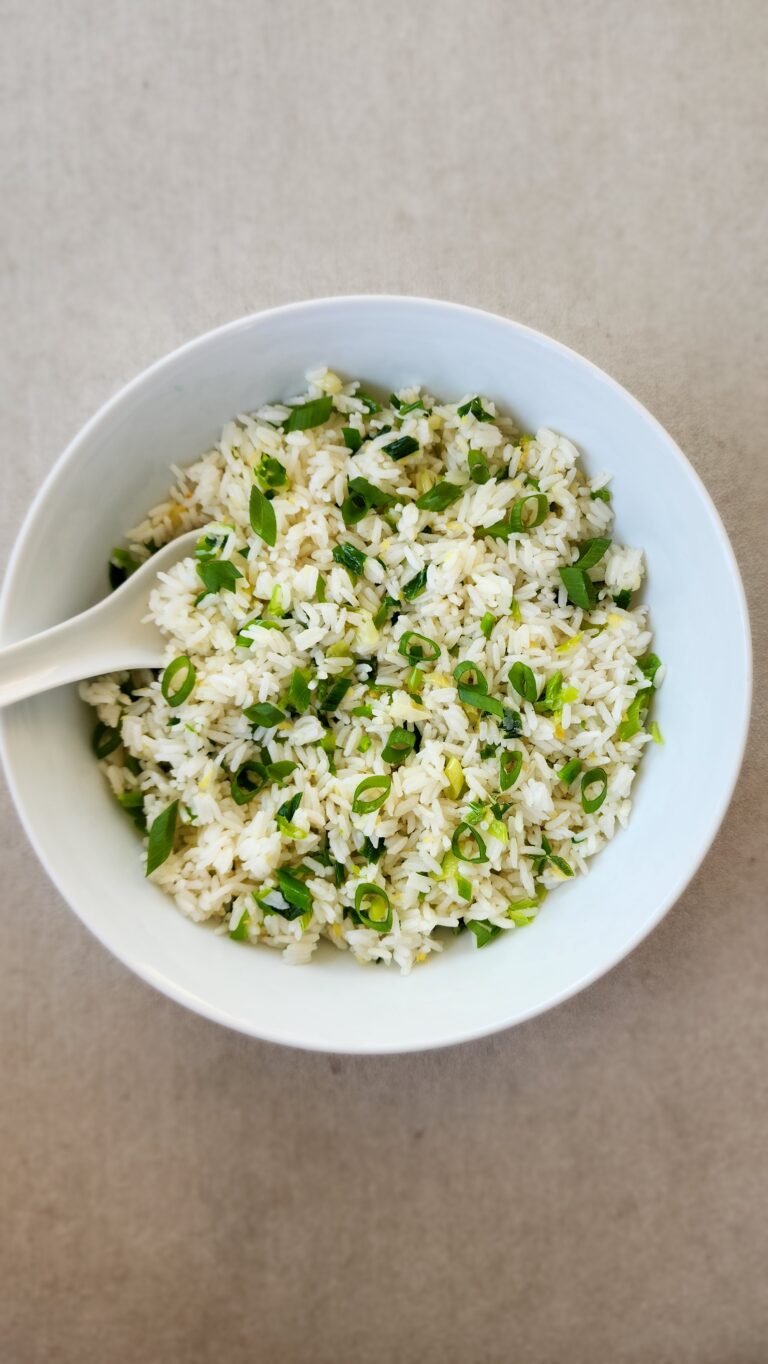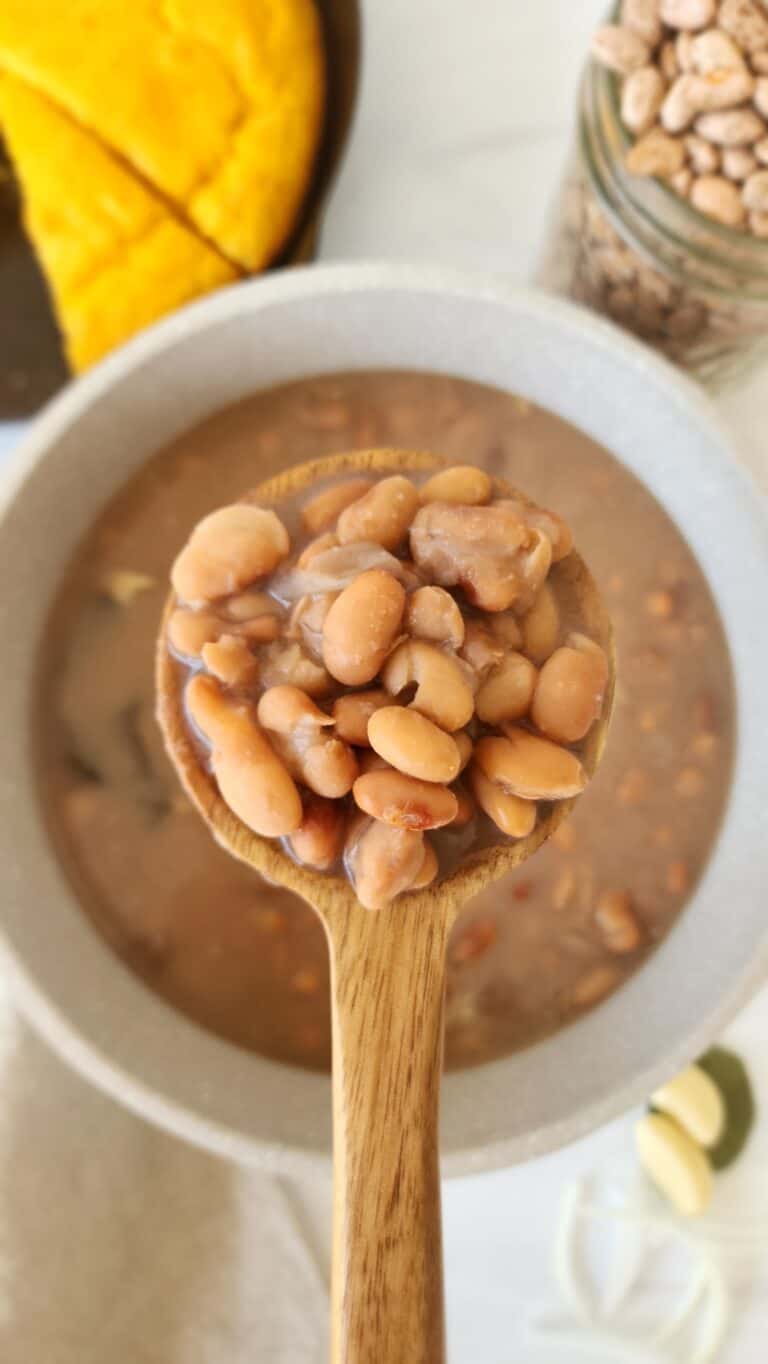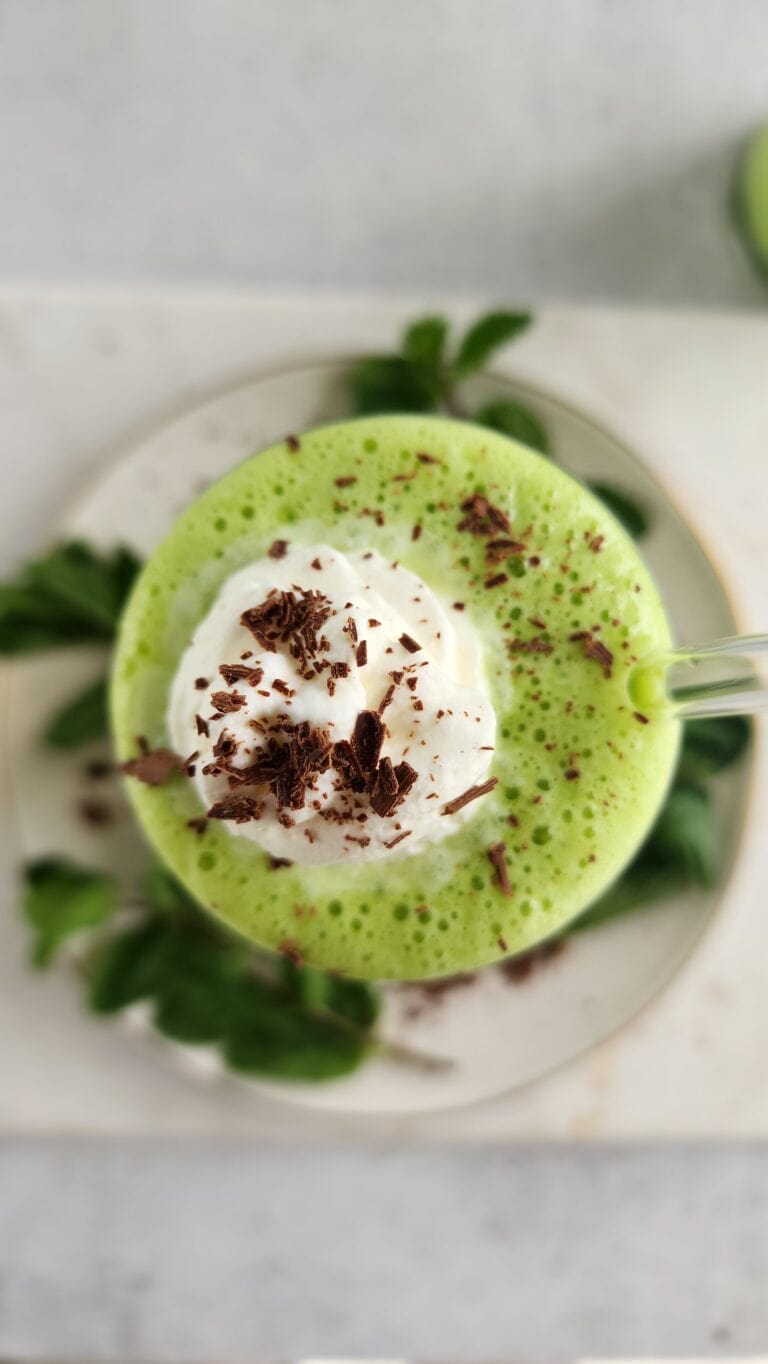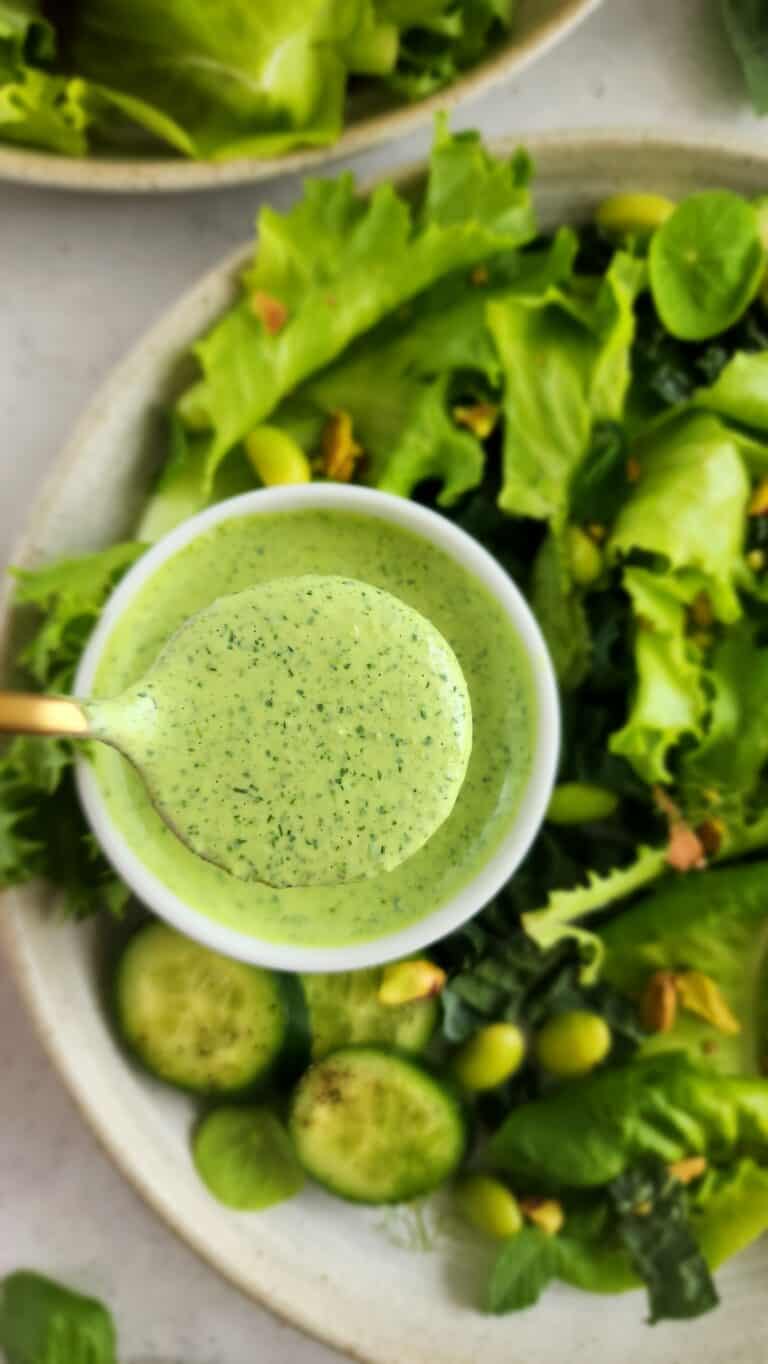Summer in Miami is always hot and humid. This past week it’s been extra hot since there haven’t been any of the afternoon rain showers to “cool” things down. Not to worry, this week rain is expected every afternoon. So now it will be a little steamier instead of just hot. I’m not complaining, just stating the facts. I wrote a blog about Hydration to help people stay hydrated. All over social media sites, i.e. Twitter, Instagram, others are posting about hydration as well. The truth is water is the best hydrator. I teach a class at work, a general nutrition class, and the question always comes up, “What should I drink? Crystal Light? Coffee? Tea?” My answer is always water and will always be water. Sure I know it’s boring (to some people) but the truth is when you’re thirsty it’s the drink that will actually quench your thirst. Eating fruits and vegetables can help as well as many of them have a high percentage of water.
In certain situations, i.e. outside work, exercise, of course some form of carbohydrate replacement may be necessary, however, those are not the day to day examples for everybody. Again, read the post for more information. What’s come up more recently in class though is the question, “well what about juices and smoothies?” This is where the debate always begins. I try to keep it simple in class because I have a short amount of time and there are many other topics to cover. The short answer? Drink water. And then the questions always begin, “but I thought smoothies were healthy?” Believe me this is a trend that I wish would end. Unfortunately it’s been around for a while and is only here to stay to continue to confuse people. Smoothies have now progressed to smoothie bowls – so now not only are we having a smoothie full of carbs but we’re now loading them up with additional foods on top that contain carbs, carbs, and more carbs. I try to explain to patients that in general the preference is to eat and chew your food – this takes time and allows for overall slower digestion (your body breaking the food down and receiving all the nutritional benefits, i.e soluble and insoluble fiber, vitamins, minerals. When you blend the fruit up, the blade does destroy some of the fiber (kind of like doing the chewing for you), bypassing this critical step in digestion. Furthermore, it not only “pre-chews” the food for you but you then have no buffer to slow digestion down – the end result being a larger load all at once for your liver to respond to. Yes, smoothies have some fiber in them, so they’ll help in cleaning your intestines out (but that’s the role of the soluble fiber). Smoothies are just like drinking a sugary drink – at least in how your body responds to them. NOT recommended. People always follow up in class by saying that they only do “green” smoothies, so only vegetable containing just to be clear. 9 times out of 10 when people are asked what they put into the smoothie at least one fruit is thrown into the mix. The minute the fruit is thrown in it is now contributing sugar (carbs) to the mix, not to mention that the load of some of those green veggies (or even carrots and beets) now due to their volume can also elicit a response. Here’s an article a few years back where Dr. Robert Lustig explains it a little more eloquently than I do – We don’t mean to ruin smoothies.
I’ve been told in class that I’m a little too strict in my thinking on juices and smoothies. I like to think of myself as an educator that’s passionate about what she does. I’m not always going to tell you what you want to hear, that’s for sure – this registered dietitian does NOT give her stamp of approval on juices or smoothies. Smoothies and juices are a way for people who may have never eaten vegetables to begin to incorporate some vegetables into their diet. I used to do it all the time for my nephews with spinach – but in my concoction I always added greek yogurt or some peanut butter for some protein and fat – and that was to get my nephews to see that spinach didn’t always contribute a flavor so they’d be more willing to eat something green. Sure every now and then smoothies and juices might be able to fit, but they shouldn’t be a daily thing. The bottom line is that people need to eat and chew their food to get the full benefits and help their body process food in a normal manner. Over the last 2 ½ years while working at the Diabetes Research Institute, I have had an occasional sweetened alcoholic beverage, where before I used to have them all the time. I’m more conscious of my food and drink selections now. So call me “extreme” or call me “strict”, I prefer to think of myself as passionate about educating and teaching people about nutrition.
This then leads me to my next topic that always seems to come up in class. The question is always asked of me, “What can I do to improve upon in my eating habits?” I guess as a dietitian they see me as having it all together and again think I’m a little extreme when it comes to eating healthy. But the truth is we are all at different stages of where we need to improve upon. And while I might be farther along the path, there is always, and I mean always room for improvement. I strive to practice what I teach and be an example – I believe that’s how people are able to learn. But more than that, I try to implement what I do teach to see if it’s practical. If I’m asking people to do something, then I’ll trial it out first. Who am I to tell someone to go and do something – easier said than done. Here are a few things I’m currently working on:
I’ve been making meals that contain 45g of carbohydrates – Is it possible to only have 45g and stay full for 4 hours? What do meals look like with only 45g of carbs? I’m part Italian and 1 cup of pasta = 45g of carbs, that’s a tough one – but that’s exactly why I’m trying it out.
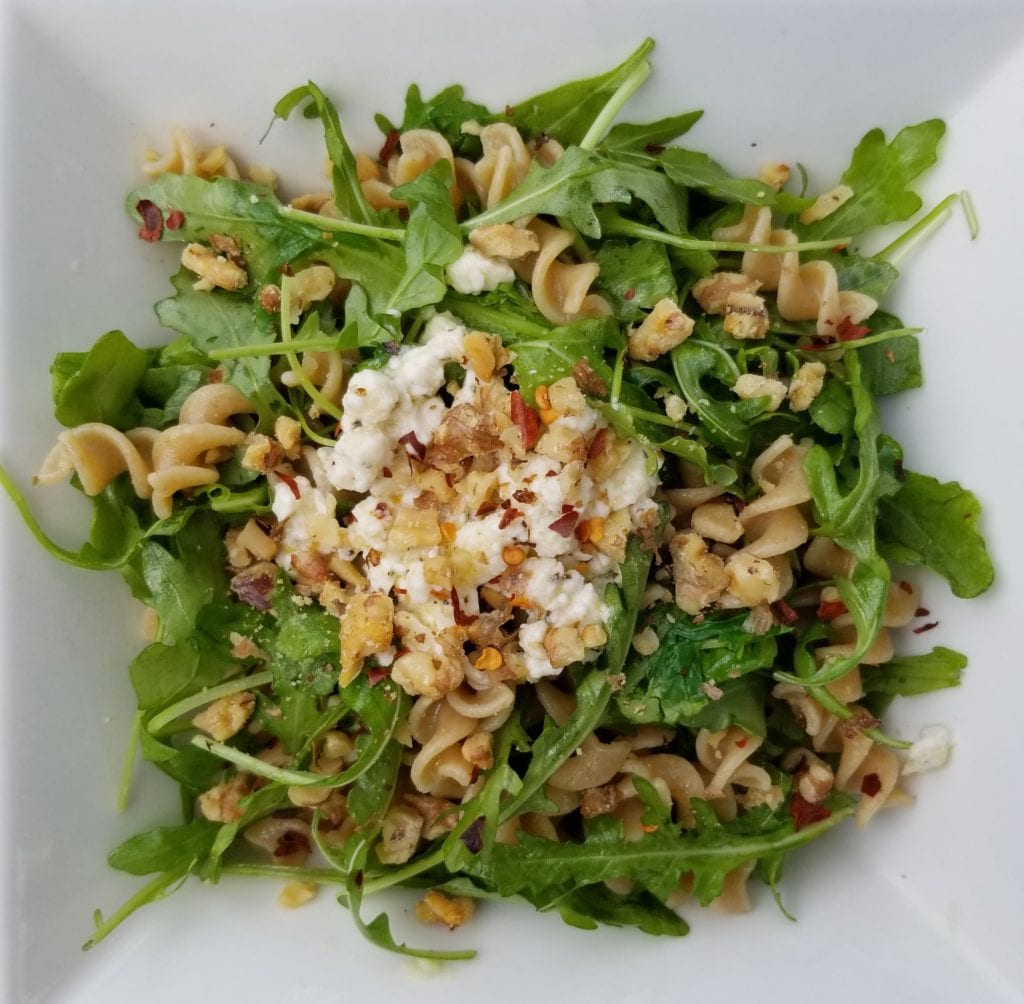
I work with both Type 1 and Type 2 diabetes. I teach overall general nutrition for all, but in regards to Type 2 diabetes, the focus is on the quality and quantity of the carbs at each meal (again, this is taught to people with Type 1 diabetes too, but typically I’m teaching them to match the insulin to their carbs, a little bit of a different approach). Quantity of carbs is critical when it comes to blood sugar control as you want to limit the load at any one meal (and aim to distribute the carbs throughout the day). Which brought me the idea of having meal examples of 45g of carbs for patients to see real life examples–
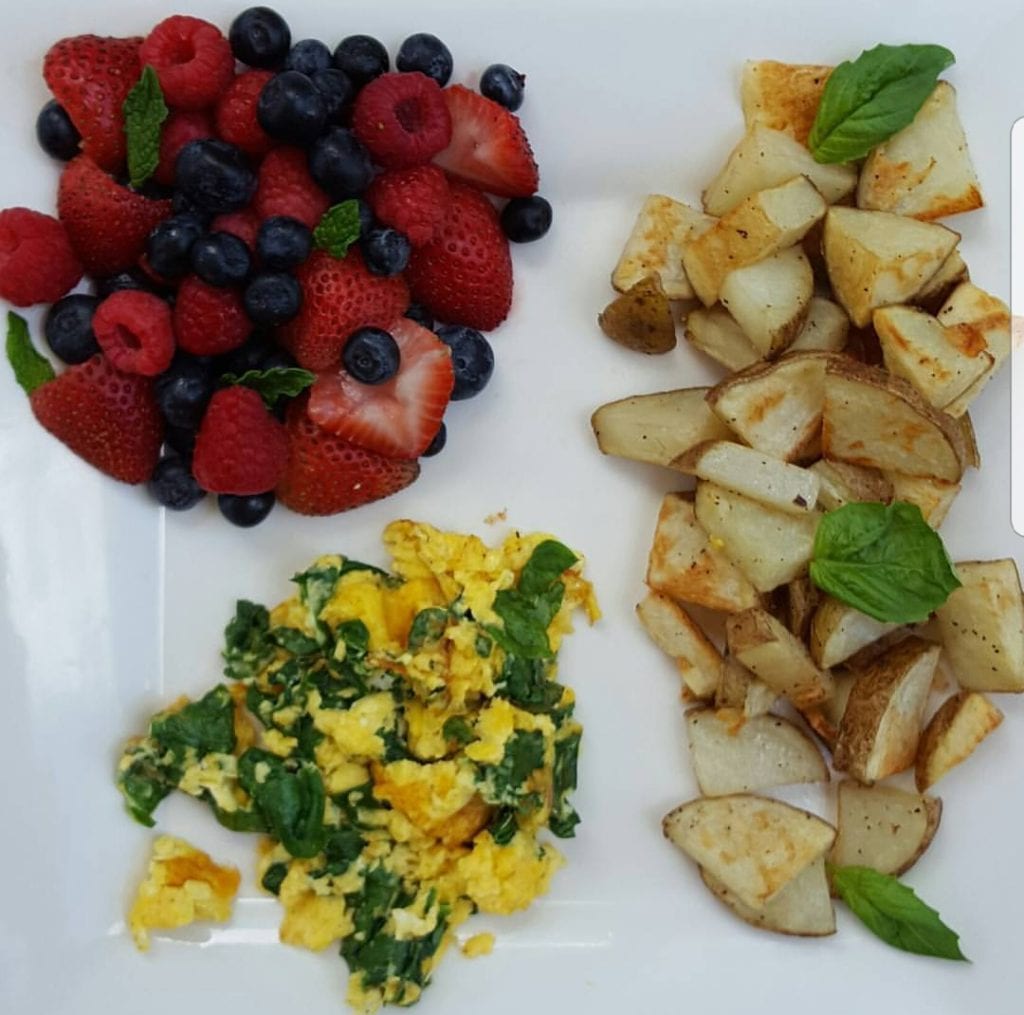
So what’s the verdict? Does 45g of carbs at meals keep one full? YES – when they’re balanced with lean protein and non-starchy vegetables. You HAVE to add in lots of non-starchy vegetables to the mix, otherwise you will load up on carbs and more carbs – believe me, I used to do it! When meals are balanced – carbs, protein, and healthy fats, we’re able to fuel and sustain ourselves. Carbs are your preferred source of fuel, however, they do digest quite quickly and will not sustain you for a long period of time. Enter the lean protein and non-starchy vegetables (that are full of fiber – which also helps to keep you fuller longer) – it sounds cliché, but it’s the truth: variety, balance, and moderation are key when it comes to planning meals. When I look around at many cooking websites, they’re not always balanced. This message is then passed on to people as to what looks like an appropriate meal, when in fact there might be something missing or it might not be adequately balanced. You know the whole zoodle craze? They were created to lower the load of carbs at meals, they were NOT created to omit carbs at meals – which is what is often depicted. So enters my pics, to illustrate healthy balanced meals with real life food that people will want to eat. I’ve just started taking the pictures, but I think it’s something that I’ll continue doing – now I just need a catchy hashtag.
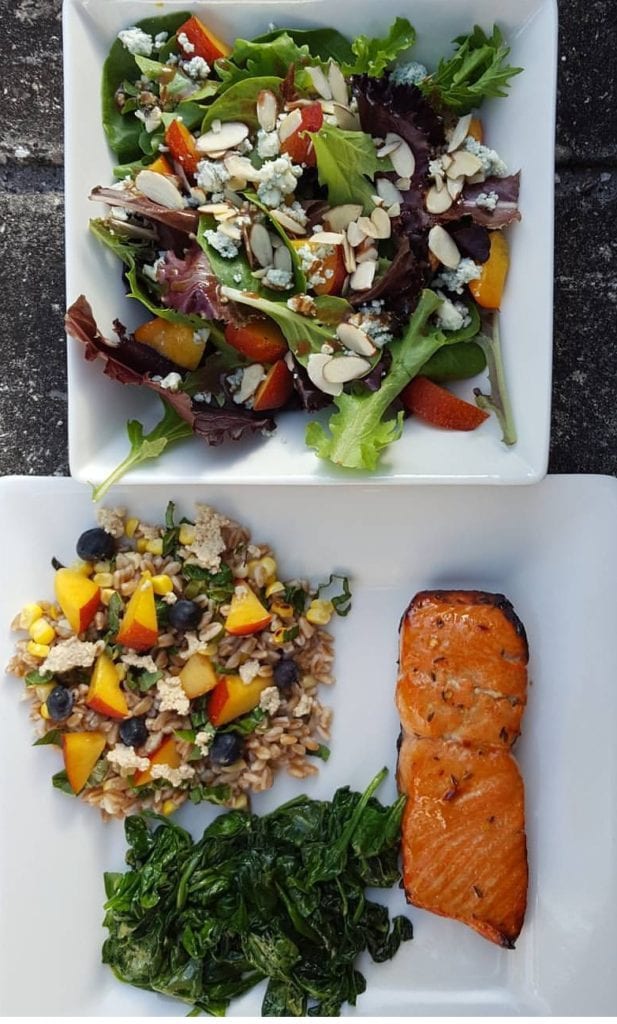
I’ve been making everything homemade! While this may not be realistic for everyone, remember these are the things I’m doing to improve upon for myself. My most recent items I’ve made: homemade bread, pico de gallo, salsa, chimichurri sauce, blue cheese dressing, and those are just a few! I will be the first to tell you that my bread making skills need improvement. So any tips that you can send my way, I welcome. I don’t have that much space in the kitchen, but I’m thinking a bread maker might be the way to go. There have been many failed attempts – whole wheat bread, pizza dough, “cheeze-it” crackers, unfortunately none have made it to the “taste test” stage for people to experience. I’ll get there, eventually. That’s my project and I WILL keep improving. I have to!
Eat more non-starchy vegetables! As a practicing vegetarian (technically a pescatarian as I will eat seafood every so often) there is some irony to this. How do I not eat more vegetables, am I right? Over the last two and a half years I have been working to improve upon this. I’m the first to admit I had been loading up on carbs – it’s easy to do as a vegetarian.
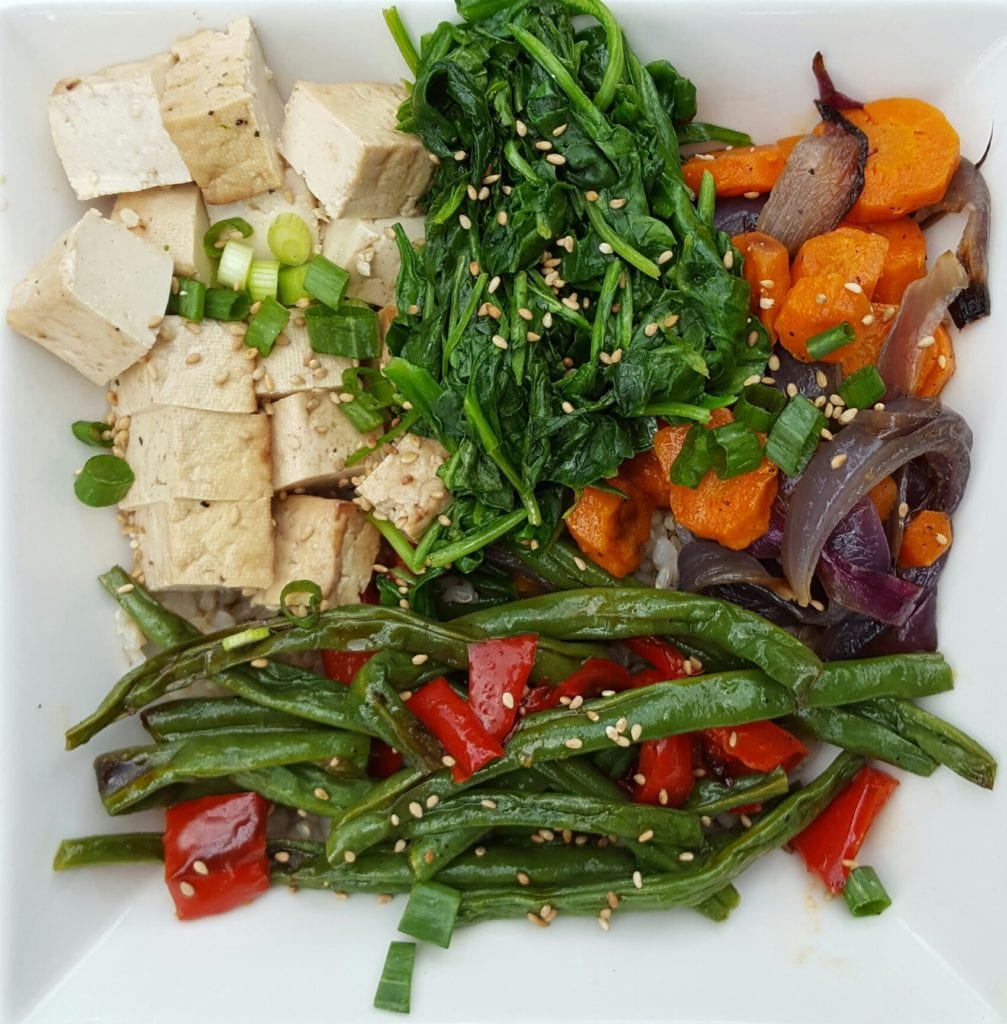
So now for meal prep I’ll roast lots of veggies up to include throughout the week. It’s always the missing part of anyone’s meal most times. This addition to my meals has helped me to cut back on the amount of carbs I was eating. (Sure, I have a normal working pancreas that will secrete insulin when I need it, but the truth is that there is a family history of diabetes in my family and I am aging – no need to overwork my pancreas any more than I need to! I’m all about prevention!) Additionally I’m trying new vegetables I might never have tried before – Gai Lan (Chinese broccoli) is now a staple in my kitchen – Also I’m trying to get a variety of colors within the vegetables that I’m trying – it’s hard to find different blue/purple hues of vegetables – purple carrots and purple cabbage are now mixed in on a rotation. I still need to find a way that I’ll enjoy eggplant – I think it’s the texture that’s not my favorite. So even me, the dietitian has problems eating more vegetables!
Decrease the frequency of desserts. I love sweets – I often joke, “this dietitian eats dessert!” I pride myself on saying that I have them in moderation and in portion controlled amounts, but the truth is they were starting to become a little too frequent. So just in the last couple of months I have been cutting back. I do make desserts, but I’ll share more of them now, so that I’m not having them daily. I eat them in portion controlled amounts when I do have them and now the frequency is less. They were starting to creep in as a daily ritual. As part of the process of lessening the frequency I do still have a piece of dark chocolate daily – a nice 70 to 80% dark chocolate. Not too sweet, but it still gives me the idea that I’m having “dessert”. The portion has never been the issue, it’s more the frequency. I teach my patients that desserts are meant for special occasions (and rightly so!) Every day is not a special occasion. I knew I needed to cut back and I have.
Mindful eating – Breakfast and dinner are typically easy for me to be mindful about what I’m eating- I have time and it’s at my house. Lunch, not so much. Most days you’ll find me eating my lunch quickly at my desk. Not super mindful at all. This is definitely an area where I struggle and am honest in saying so. The one thing that I have done is aim to leave the building for 10 minutes at lunch time. I’ll go for quick walk around campus (even in this heat!) without my phone and try to practice a walking meditation. This has been helpful. So, while I’m eating rather quickly I do feel the walk outside helps. I just need to figure out if eating outside and not walking would help me to be more mindful? I wish in an ideal world I could do both. Again, a definite area to improve upon.
Remember, it’s important to constantly strive to improve – the moment you get too comfortable is when we start to inch back into our old ways. While I’ve always eaten healthy, I too have room to improve – the desserts are a prime example of me becoming too comfortable and starting to eat them too frequently. I really do try to practice what I teach and hope that others can see this is a lifestyle, it’s not just a one-week fix to lose weight – it’s all about establishing healthy habits, one at a time, to last a lifetime!

